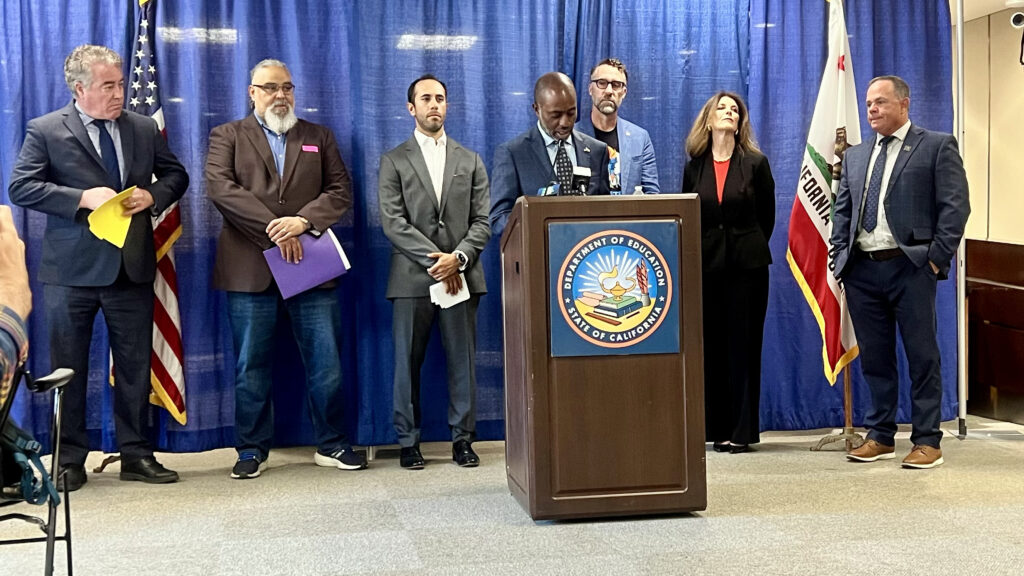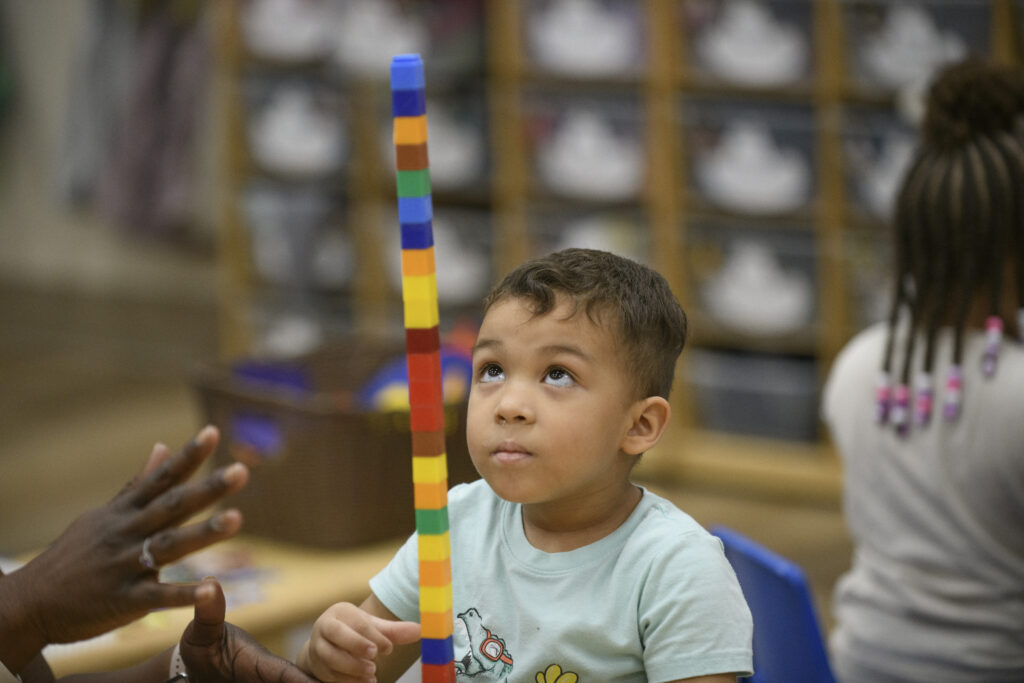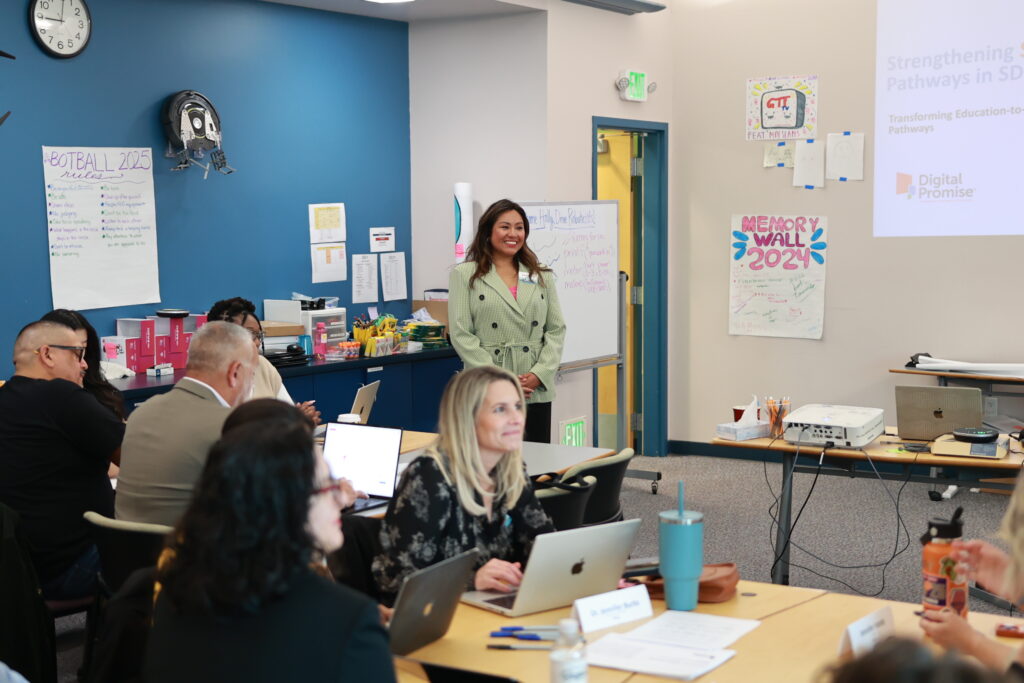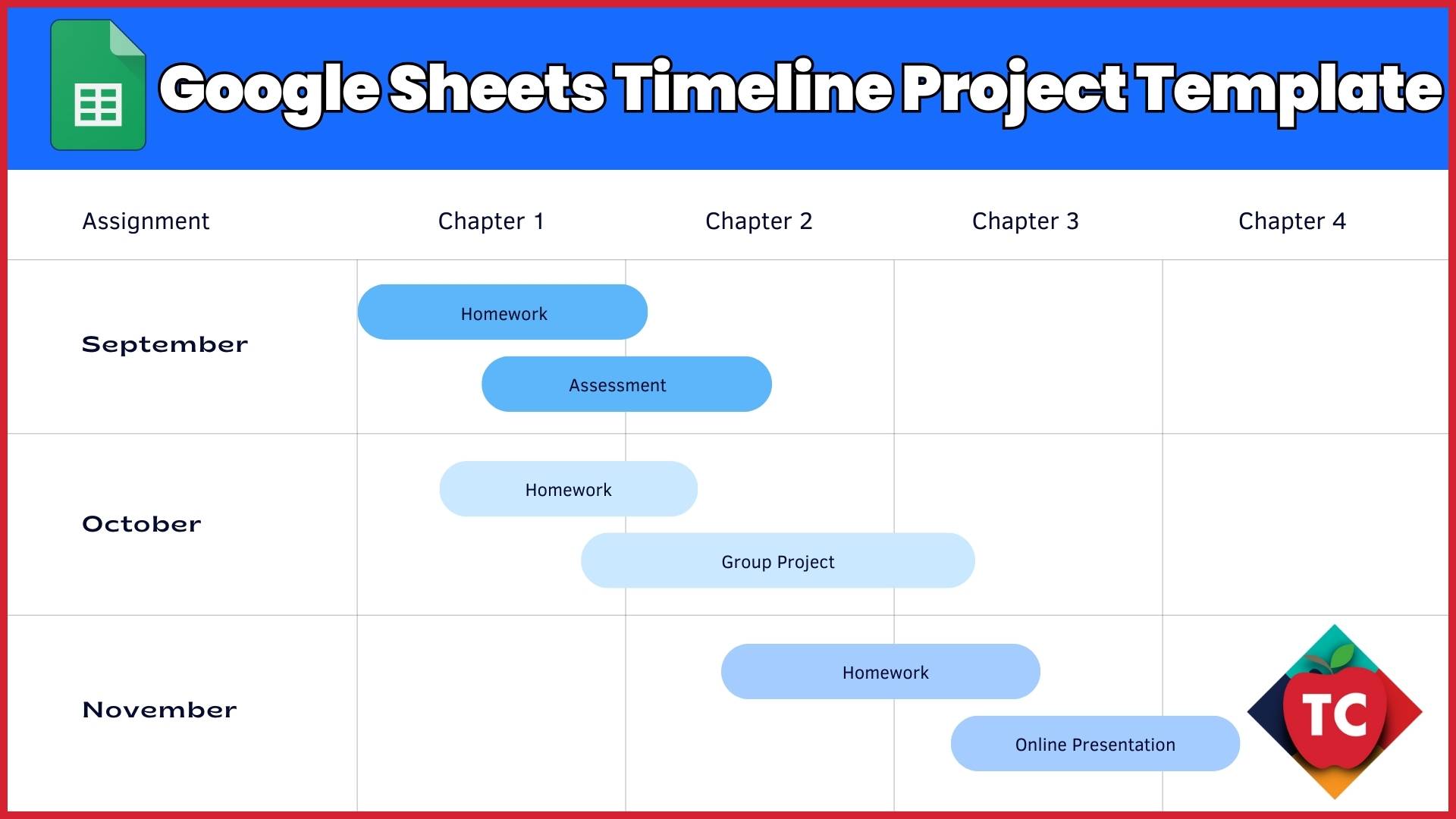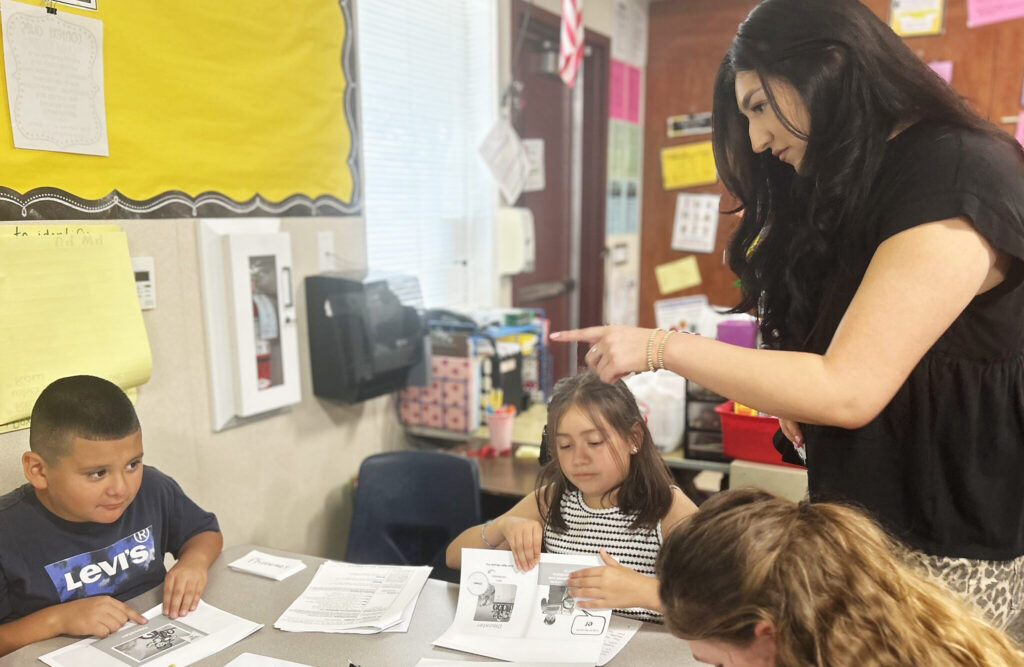The U.S. Senate just passed Trump’s massive budget bill, which renews tax cuts for the rich and makes deep cuts to Medicaid, about $1 trillion. Three Republican Senators voted against it: Rand Paul of Kentucky, Thom Tillis of North Carolina, and Susan Collins of Maine. Vice-President JD Vance cast the tie-breaking vote. Many hoped that Lisa Murkowski of Alaska would also oppose the bill but the leadership bought her off by adding special exemptions and benefits for Alaskans.
Combined with the impact of Trump’s tariffs — which the White House has argued will help pay for the bill’s tax cuts and new spending — the bottom 80 percent of households would see their take-home incomes fall, according to the Yale Budget Lab.
“The right way to understand this bill is it is the largest wealth transfer from the poorest Americans to the richest Americans in modern history,” said Natasha Sarin, the Budget Lab’s president.
Shortly before the bill passed, I received two reports on the education section. Contrary to earlier reports, the Republicans restored vouchers. Apparently they satisfied the objections of the Senate Parliamentarian or decided to ignore them.
Leigh Dingerson, public school advocate who works for “In the Public Interest,” sent out this update shortly before the Senate passed the bill. The biggest takeaway: Vouchers are in again.
For the last 24 hours (more, actually), the Senate has been voting on a slew of amendments to the bill. Most are going down along party lines. At the same time, the Senate parliamentarian has been reviewing the bill for germaneness. She has struck out several provisions including, initially, the voucher language (this was Friday). But it was reinserted Saturday morning. Since then, some tweaks to the voucher language were made in an effort to win over some reluctant senators. Each time the language was changed, it had to go back through the parliamentarian.
This morning at about 2:15 am, Senator Hirono, along with Senators Reed, Kaine and van Hollen, presented their amendment on the floor of the Senate — an amendment to strike the voucher section altogether. That amendment needed 51 votes to pass. It got 50. All the Democrats voted in favor. All Republicans with the exception of Senators Fischer, Collins and Murkowski opposed it.
The voucher language currently in the bill has some important differences from where it started. Here are some key changes to the bill:
- The tax credit is permanent, and now unlimited. There is no federal ceiling on how much can be spent. Republicans removed the $4 billion volume cap on the total amount of donations.
- But!! Current language limits the amount a donor can get a tax credit on: The text now allows any individual to donate to an SGO for a dollar-for-dollar tax credit worth $1,700 (rather than 10% of adjusted gross income originally).
- States can now “opt in” to the program and must provide a list of approved scholarship granting organizations. And the bill clarifies that SGOs can only administer school vouchers within their state. This eliminates our worry that an SGO in Florida, for example, could hand out vouchers in Nebraska.
- The Senate has removed the provision asserting that there shall be no Federal control over private or religious schools. In other words, the door has been opened to federal regulation of schools funded with federal vouchers.
- The bill provides broad authority for the Secretary of Treasury to regulate the program, including explicit authority to regulate scholarship granting organizations and opening the door to regulate private schools.
So as you can see, there have been a lot of changes, some good, some bad.
###############
The NATIONAL COALITION FOR PUBLIC EDUCATION released the following statement:
National Coalition for Public Education Denounces Senate Vote on Private School Voucher Program in “OBBB”
Today, the Senate voted to include an uncapped national private school voucher program in its budget reconciliation bill. This represents the first time a majority of the lawmakers in the U.S. Senate have ever supported sending public dollars to private schools. Now that both chambers have voiced their support for private school voucher provisions, it is likely to become law this year, forcing tax dollars to support private religious schools that can pick and choose who they educate and discriminate explicitly against students with disabilities.
Vouchers divert critical funds from public schools, which 90% of American families choose for their children to attend. Vouchers often go to students who never attended public schools in the first place, which drains taxpayer funds to subsidize private school tuition for well-off families who could afford it without money from the government. Under this harmful program, there will be no accountability for money sent to private schools, nor would the private schools be bound by key provisions of federal civil rights laws, which public schools follow.
If this becomes law, the federal government will give a dollar-for-dollar tax credit to people who give money to use for payments for children to attend private schools or be homeschooled. This was not done previously with any other 501(c)3 donation in our history, and no other non-profit classified as a 501(c)3) would benefit from this one-to-one tax lowering scheme.
America’s public schools educate all students in every community. Private schools that take taxpayer-funded vouchers, however, often discriminate against students for any number of reasons, including based on their disability status, sexual orientation, gender identity, religion, English language ability, academic abilities, disciplinary history, ability to pay tuition, or what their family looks like. The language that was in the House-passed bill about private schools maintaining policies that do not take into account whether or not a student has an Individualized Education Program (though these are not full protections under the Individuals with Disabilities Education Act) was stripped in the Senate bill and supporters of the voucher provision criticized this language.
Public schools are a cornerstone of American democracy. NCPE condemns Congress diverting billions of dollars away from public education and toward discriminatory, ineffective private school vouchers



